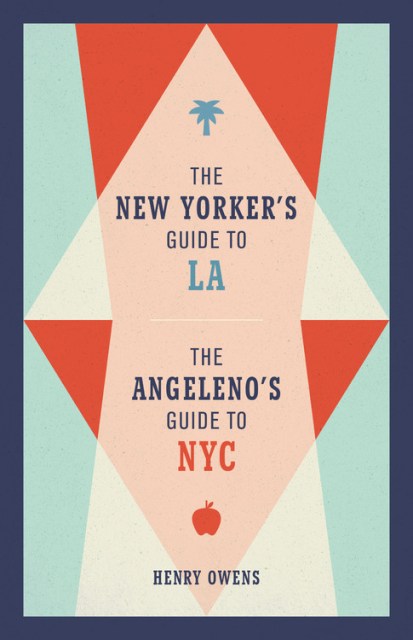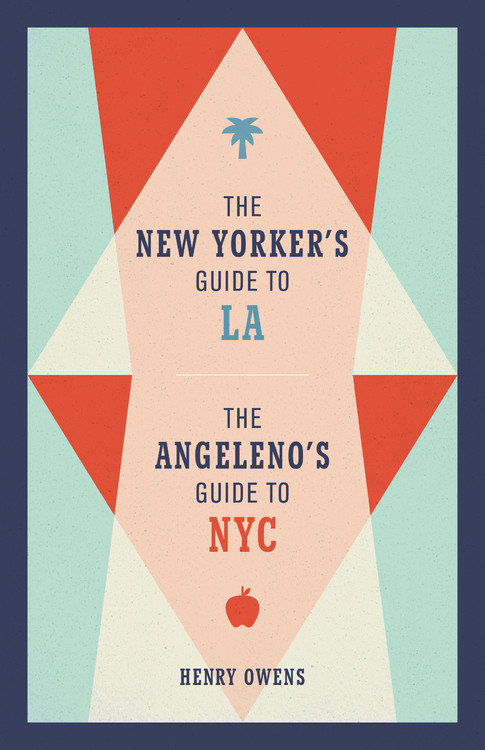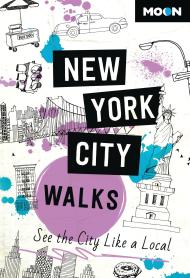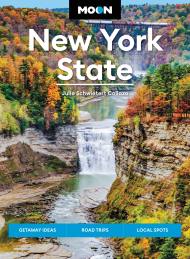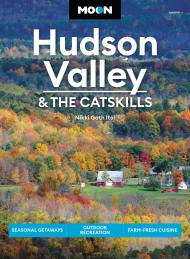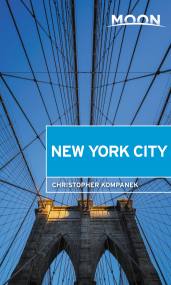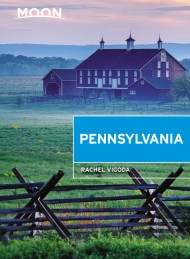Promotion
Use code MOM24 for 20% off site wide + free shipping over $45
The New Yorker's Guide to LA, The Angeleno's Guide to NYC
Contributors
By Henry Owens
Formats and Prices
Price
$18.00Price
$23.00 CADFormat
Format:
- Hardcover $18.00 $23.00 CAD
- ebook $11.99 $15.99 CAD
This item is a preorder. Your payment method will be charged immediately, and the product is expected to ship on or around December 3, 2019. This date is subject to change due to shipping delays beyond our control.
Also available from:
This comparative travel guide answers the oft-posed question, “Which city is better: LA or New York?”
The short answer: Who cares?! It turns out the cities’ similarities are what make it impossible to choose.
The New Yorker’s Guide to LA, The Angeleno’s Guide to NYC — colorful and comprehensive — is as much a love letter to these two cities as it is a practical travel guide. By highlighting the parallels between the two places, it will help you get up to speed in New York City or settle into the groove of Los Angeles.
Featuring a mirrored design, this book shows which neighborhoods correspond in each city, which pizza places and taco stands can’t be missed, and how to seamlessly switch from navigating the MTA to driving on the 405. Covering art, culture, shopping, food, and more, it highlights the similarities while breaking down the nuanced differences in each city. It’s practical, must-have guide for tourist and native alike.
Genre:
- On Sale
- Dec 3, 2019
- Page Count
- 168 pages
- Publisher
- Running Press
- ISBN-13
- 9780762466894
Newsletter Signup
By clicking ‘Sign Up,’ I acknowledge that I have read and agree to Hachette Book Group’s Privacy Policy and Terms of Use
